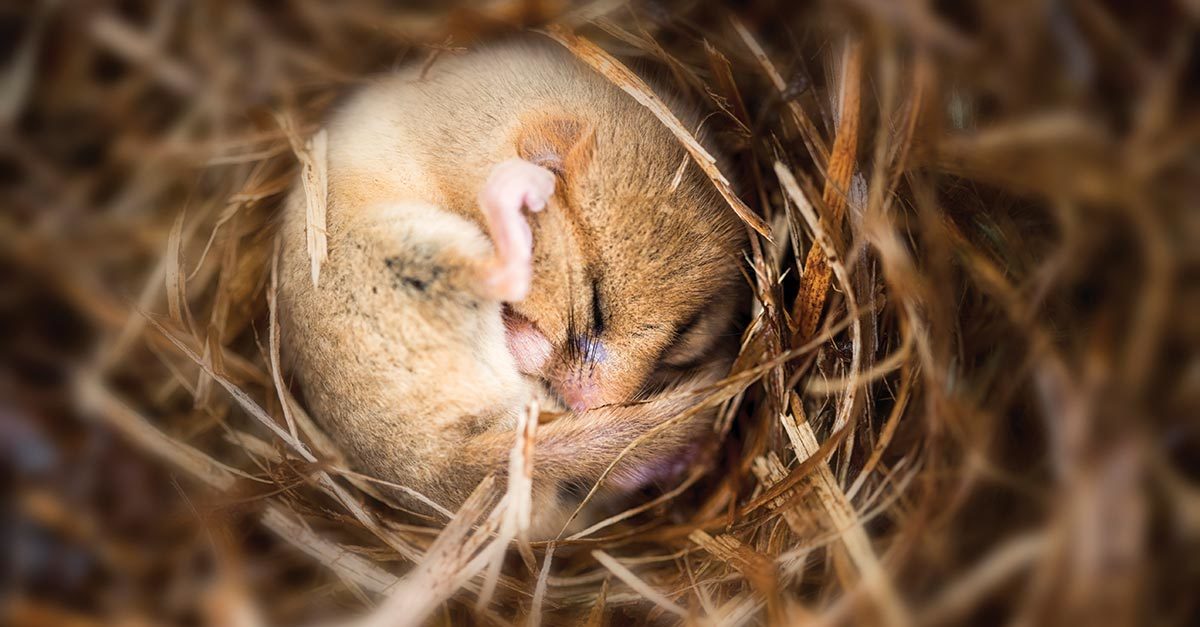Virginia Tech in Blacksburg, VA, was founded in 1872 and is centered on a 2,600-acre campus. It takes a lot of hard work and time to care for its 42 buildings.
Pest control has become a big topic at Virginia Tech the last couple of years. The university spends more than US$10,000 a year trying to keep its dorms free of rodents and other pests. The buildings are located in a unique environment that present a variety of pest control situations for our staff to tackle. Donaldson Brown Graduate Life Center, built in 1938, has Stroubles Creek running underneath it, creating a good breeding ground for roaches and mice. Oak Lane Community, the area where Greek housing is located, adjoins a pasture field. Coyotes, foxes, skunks, and groundhogs have been seen around or under the buildings in that community. Main Campbell, a residence hall that was built in 1930, is built over a major steam line, which makes an excellent breeding ground for cockroaches.
Reassessing Our Approach
When the students move out of each dormitory, the housekeeping staff thoroughly cleans and disinfects all dorm rooms, hallways, common living areas, kitchens, and bathrooms. Housekeeping staff also goes through at this time and opens all doors and drawers in each room. This ensures that each space is well treated by our contract pest control company. The housekeeping staff are also looking for any signs of pests when they go through this process. But this approach alone isn’t good enough.
When I took over pest control in 2015, I always wondered why our troublesome calls for insects and rodents never decreased. After being trained on the various types of insects and rodents that we deal with every day, I came up with a solution to my problem. We were battling our pests from the wrong direction. We were spraying the places where the pests visited, but failing to spray nests where they lived and bred.
Hands-On Inspection
After putting on my protective wear and grabbing my flashlight and chemicals, I headed underneath the buildings, a collection ranging from dirt holes and pipe chases to steam tunnels. They are dark, damp, and only for the strong of heart.
As I shone my flashlight around the walls, I saw movement. The walls were crawling with cockroaches. The size of these cockroaches ranged from one to two inches long. It was an amazing sight to see. I have never seen anything like it before.
I had finally found my problem. After crawling around underneath more buildings, I found mice nests, silverfish, and other various insects.
Time to Go to Battle
After pinpointing the source of the problem, it was time to start fighting 88 years of neglect. I started by researching Pest Control Technology’s Technician’s Handbook: A Guide to Pest Identification and Management, written by Dr. Richard Kramer and Joshua Kramer, paying close attention to their pest identification guide in addition to their inspection and monitoring guide.
Through our purchasing department, I bought the proper chemicals, such as liquid, powder and granular baits, and mouse and rat traps. Surprisingly, the cost for all the products was less than $250.
Consider Safety
Some of the areas you will be going into are wet and dark. For personal safety you will need gloves, a mask, and eye protection, in addition to coveralls, rubber boots, and a good flashlight. Also have a two-way radio or cell phone with you; otherwise station a coworker at the entrance in case you need help.
The End Result
After totaling up my work orders from 2015 to 2016 compared to 2016 to 2017, the decrease in pest-related calls was clear:
- Cockroach-related calls decreased 88 percent.
- Silverfish-related calls decreased 92 percent.
- Ant-related calls decreased 86 percent.
- Mice-related calls decreased 94 percent.
It is amazing how the number of calls about insects and pests has decreased. With a little research and time to do the job properly, we have made our campus a more comfortable place to live, learn, and pursue an education.




